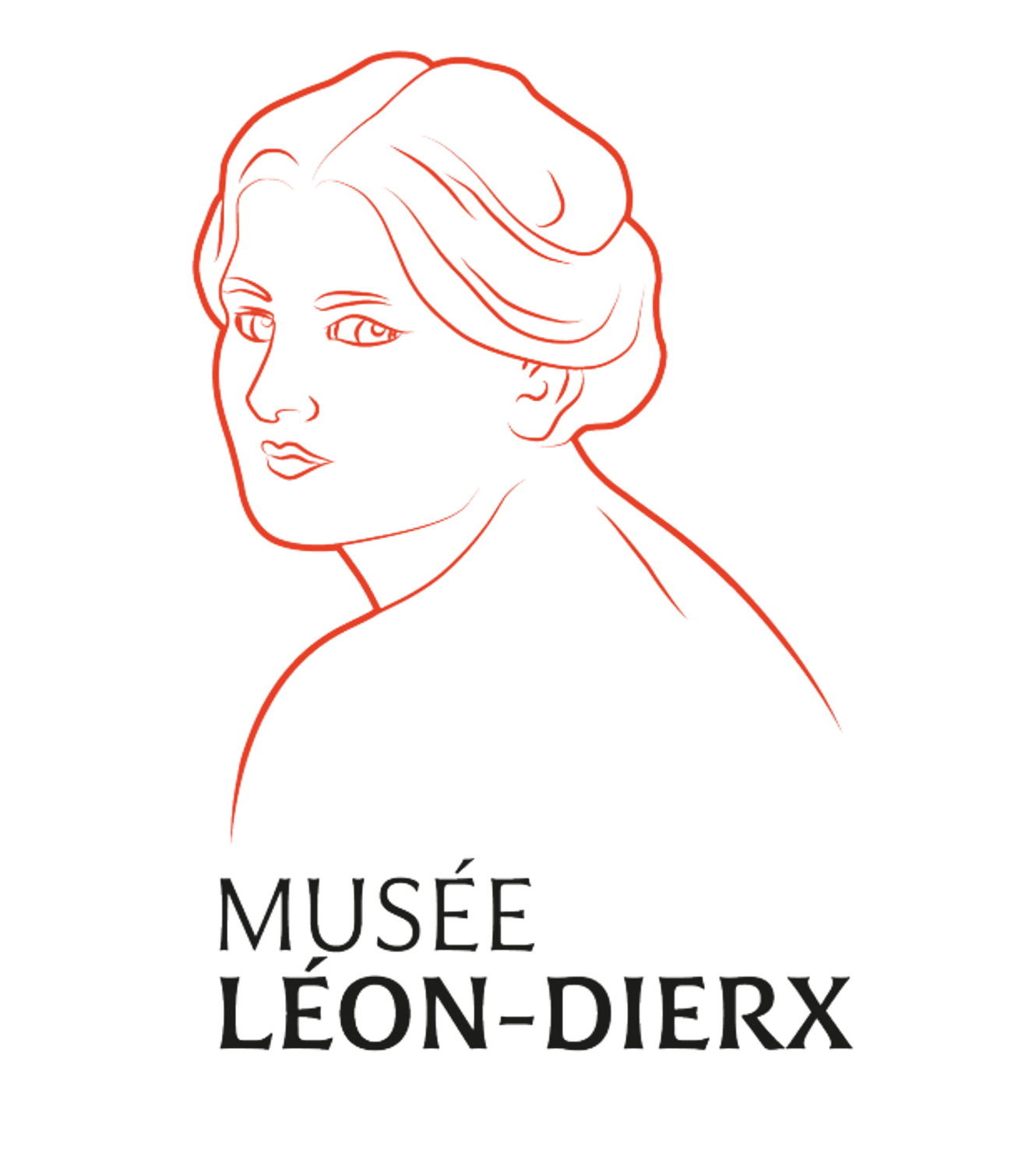THE MASTERPIECES OF THE LEON-DIERX ART GALLERY : Adolphe Martial POTEMONT
Adolphe Martial POTEMONT
Paris, 10 February 1828 - Paris, 14 October 1883
Adolphe Martial Potemont aka A.-P. Martial, a pupil of the painters Leon Coignet and Felix Brissot de Warville, followed a general training in landscape painting, but also studied historical painting and portraits. He exhibited his work at the Paris Salon in 1846 and 1882. He Is mainly known for his etchings, notably his views of Paris and its inhabitants before the city was transformed by Haussmann during the 1860s.
During his stay in Reunion, between 1847 and 1857, he mainly focused on lithography. Alongside Antoine Louis Roussin, he contributed to the production of prints showing the landscapes of the colony, its inhabitants and certain events he witnessed, notably the abolition of slavery in 1848.
Adolphe Potemont also produced works using gouache and a small number of paintings of the islands in the Indian Ocean made during different journeys in the region. He noticeably visited Madagascar, being one of the first European artists to leave us with traces of this island.
Paysage à Madagascar (Landscape in Madagascar), Adolphe Martial POTEMONT
Around 1850
Oil on canvas
49,5 x 72 cm
Inv 2017.16.1
This average-sized painting depicts a landscape in Madagascar, without it being possible to identify the precise location. We can see a plain and the peaks of two mountains in the distance.
Our gaze is led into the centre of the composition by the presence of two women, seen from the back and dressed in traditional attire. They add a colourful touch to a landscape dominated by a range of green hues.
In the foreground, a clump of traveller’s trees (Ravinala) closes off the perspective to the left, balanced out by a small palm tree on the right. A small river leads the eye towards the middle-ground with its straw huts and the imposing mass of a tree.
Through its composition, the painting belongs to the exotic current which influenced French painting in the 19th century, notably with the Orientalists. The encounter with distant natural landscapes, their lush vegetation and their exotic fauna inspired artists to experiment with new techniques.
Here, the artist wished to to depict a landscape remarkable for its omnipresent and diversified vegetation, characteristic of tropical zones, while organising his composition in accordance with the academic rules of landscape painting.






